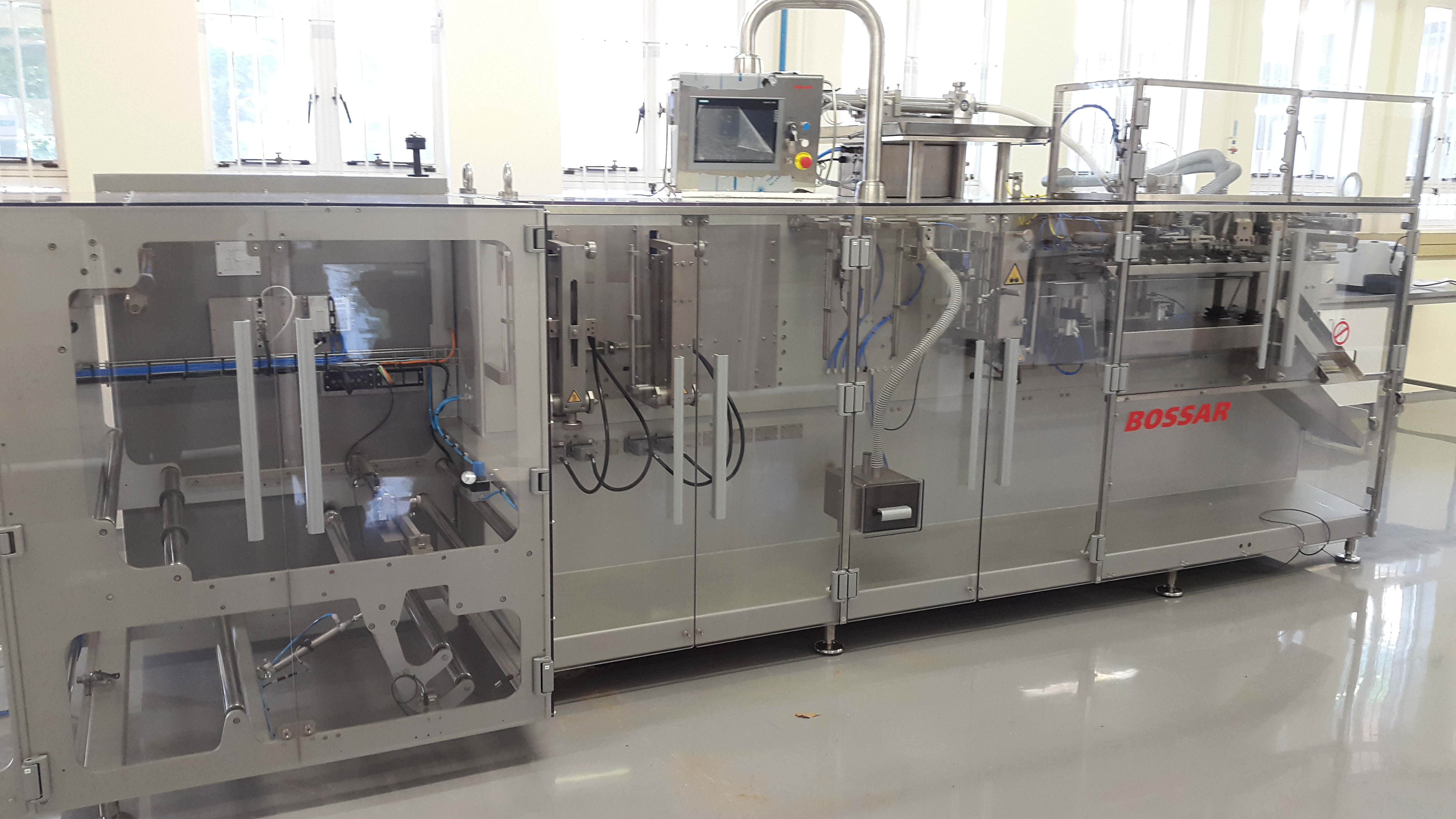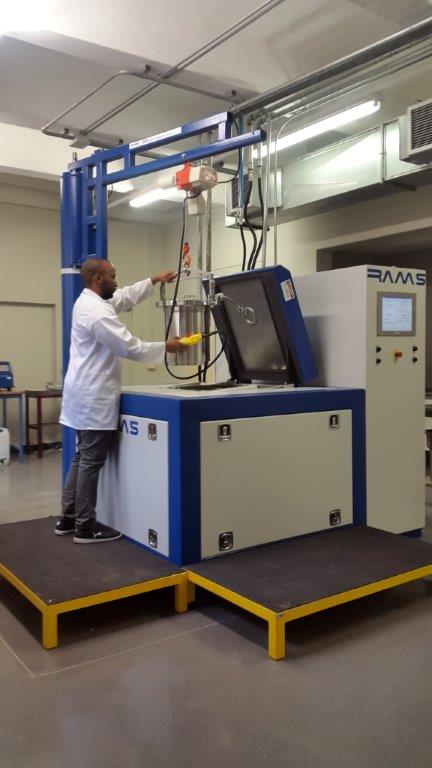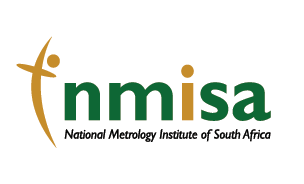Introduction

NMISA has established a reference material production facility to homogenise, package and store matrix reference materials. This includes a state-of-the-art resonant acoustic mixer (pilot and benchtop scale), 3D-mixer, pilot-scale freeze drier, shaking sieves and cutting mills. Packaging systems such as an automated powder and liquid dispensing system into custom form-fill-seal aluminium pouches, semi-automated canning system and benchtop ampouling system are also now available.
The Resodyn RAM5 Acoustic mixer was commissioned at NMISA in April 2017. Future growth opportunities of this patented-mixing technology are in the nanotechnology, pharmaceuticals, mining and energetics sectors. NMISA was recognized as the first institute in the Southern Hemisphere to own a RAM 5 system.
NMISA acquired the production-scale RAM5 unit to enable it to mix larger quantities of material, a feat not previously possible. To complement this, NMISA also be procured a benchtop, laboratory-scale LabRAM2 unit – which is used for small scale research and testing.
The RAM5 is a patented, modern, industrial mixing technology, capable of mixing quantities varying from 1 to 36 kg, that thoroughly mixes gases, liquids, solids, powders and very viscous materials, without the need for impellers or agitators. The benefits of using a RAM5 includes faster cycle times, reduced process waste, simple scale up, flexibility in mixing vessel selection, and new options for product and process design. Specific Resodyn examples from the energetics, abrasives and dentistry industry sectors demonstrate a 57-95% reduction in ingredient addition and mix cycle times. In the energetics examples this resulted in 66% greater production volumes and 50% less waste generated.
.jpg)

Over eight Fortune 500 companies in the world own the RAM5 technology, with all intellectual property rights protected as it provides distinct competitive advantage over other material producers.
Supplementary service offering:
In support of this new technology available at NMISA, measurements such as nanoscale scanning electron microscopy, X-ray photoelectron spectroscopy and X-ray diffraction can also be performed by the Materials Characterisation section within NMISA. The materials characterisation team will assist with the characterisation of these novel materials to determine the intrinsic and procedural properties of materials, including compositional and micro-structural properties once mixed on the acoustic system, be it cosmetics, energetics (explosives), pharmaceuticals, polymers, ceramics and or nanomaterials.
For more information on making use of equipment in this facility, send an email to:
referencematerials@nmisa.org
